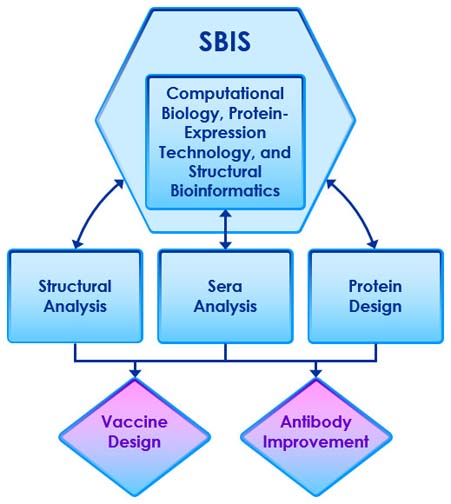Vaccine Production Program Vaccine Research Center Niaid Nih
Vaccine Production Program Vaccine Research Center Niaid Nih Directory NIAID - NIH Telephone & Services Directory. NIH Home > NIH Telephone & Services Directory. The Dale and Betty Bumpers Vaccine Research Center. Translational Research Program; Vaccine Production Program. NIAID and NIH Training Programs.
As announced by President Clinton on May 18, 1997., the National Institutes of Health (NIH), has begun development of a Vaccine Research Center (VRC) to focus on AIDS vaccines, as a part of the NIH intramural research program. In his announcement, President Clinton also challenged the NIH and the scientific community to develop an AIDS vaccine within 10 years. In accepting this challenge, NIH Director Dr.
Harold Varmus, said, 'the President has set a difficult goal for the research community, but NIH is ready to bring its scientific expertise and resources into play. Creating a vaccine that will block the AIDS virus is a formidable scientific task.
There is no guarantee that we can produce a vaccine within 10 years, but recent advances in immunology and virology have increased optimism that it can be done. NIH's new Vaccine Research Center (VRC) will be a vital part of the effort.' . The Vaccine Research Center, which will be a joint venture of the National Cancer Institute (NCI) and the National Institute of Allergy and Infectious Diseases (NIAID), will begin by incorporating into the VRC a core of NIH scientists with interest and expertise in immunology, virology, and HIV vaccine research. The primary focus for the VRC will be to stimulate multidisciplinary research from basic and clinical immunology and virology through to vaccine design and production. It will integrate modern immunological science with detailed understanding of the pathogenesis of HIV infection, development of immunogens and vectors, and new approaches to vaccination. Physical, financial, and human resources for the VRC will be provided by the NCI and the NIAID.
Funds for AIDS research are allocated according to the plans developed by the Office of AIDS Research (OAR) in consultation with the NIH Institutes. In fiscal year 1998, the OAR has proposed $10 million for the Vaccine Research Center.
(The total fiscal year 1998 proposal for AIDS vaccine research is $150 million, an increase of nearly 33 percent over the past two years.). A search committee will be named before the end of May to seek a scientist with specific expertise in vaccine development to be Director of the new VRC. There will be a broad, nationwide search. At first, the VRC will be a 'laboratory without walls', while laboratory space is sought in the vicinity of the NIH campus to bring the scientists together. Later, as scientists are recruited from outside the NIH ranks, NIH will consider constructing a building on the campus to house the VRC. Background. A 1996 landmark review of the NIH AIDS program by a panel of experts recommended that NIH restructure and reinvigorate its AIDS vaccine research program, with leadership from non-government scientists.
As a result of the so-called 'Levine Report', named after its chairman, Dr. Arnold Levine of Princeton, NIH has increased its budget for AIDS vaccine research and established the AIDS Vaccine Research Committee (AVRC), a panel of distinguished scientists, chaired by Dr. David Baltimore. The AVRC will serve as a scientific advisory group for the new Vaccine Research Center (VRC). The new VRC is only a part of the vaccine development challenge. Another NIH effort is a new grant program administered by the NIAID to encourage new and novel approaches to AIDS vaccine research. Grant awards, totaling approximately $6 million, will be made later this year.
Vaccine Research Center Nih
In addition, NIH and other Administration officials are working with industry to find ways to overcome the formidable obstacles that have discouraged industry from continuing its investment in the development of AIDS vaccine. Further, President Clinton has said that at the summit of industrialized nations in Denver in June he will enlist other nations to join the U.S. In a worldwide effort to develop an AIDS vaccine. A safe and effective AIDS vaccine is a global public health imperative.
Vaccine Research Center Niaid Nih
More than 29 million men, women, and children around the world have been infected with HIV. More than 3 million of these infections occurred in just the past year, with nearly 95 percent in the poorest parts of the world. Without an effective vaccine, AIDS will soon overtake tuberculosis, malaria, and measles as the leading infectious cause of death in the world.

Commencement Address, Morgan State University, Baltimore, MD, May 18, 1997. The NIH intramural program is the in-house NIH research effort, staffed with government scientists, primarily located on the 300 acre NIH campus in Bethesda, Maryland.